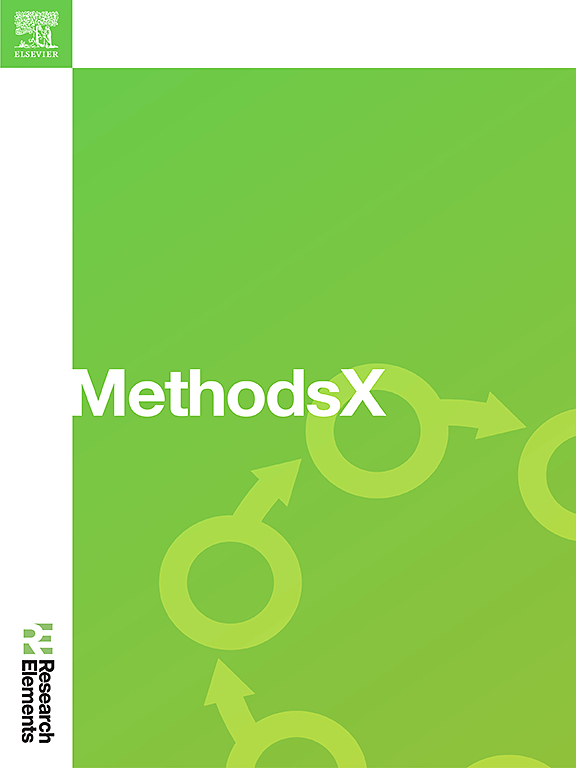Heat4Future: A strategic planning tool for decarbonizing district heating systems
IF 1.6
Q2 MULTIDISCIPLINARY SCIENCES
引用次数: 0
Abstract
Strategic planning of future heat supply, particularly in the context of district heating systems, is essential for achieving a viable and cost-efficient energy transition. However, existing planning tools for district heating systems often require detailed data, which is frequently unavailable in the early stages of the planning process. In response to this challenge, this paper presents Heat4Future, a new planning tool designed to provide insights into potential decarbonized district heating systems for a given location using minimal input data.
The tool demonstrates the implementation of an innovative methodology for strategic planning of district heating systems. It uses a snapshot simulation model to configure the supply for a particular district heating system, taking into account the annual heat demand and user-specified heat sources. The tool comprises of four modules for calculating the cost-effective generation profile of the system. It is designed to generate detailed hourly profiles over an entire year for key parameters essential to the operation and planning of a DHS using a specified set of renewable energy sources, including heat load, generation, and storage profiles.
- •Heat4Future provides an overview of the possibilities for a decarbonized district heating supply in a specific location.
- •The simulation tool contains four modules for calculating the system's generation profile: Weather and Environmental Data Module, Thermal Load Module, Buffer Thermal Energy Storage Module, and Strategic Heat Planning Module.
- •The tool is licensed under the MIT License and is available as an open-source repository on GitLab.

求助全文
约1分钟内获得全文
求助全文
来源期刊

MethodsX
Health Professions-Medical Laboratory Technology
CiteScore
3.60
自引率
5.30%
发文量
314
审稿时长
7 weeks
期刊介绍:
 求助内容:
求助内容: 应助结果提醒方式:
应助结果提醒方式:


